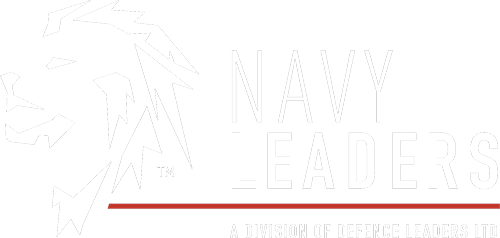NATO Launches Task Force X In Baltic
)
NATO is launching Task Force X (TFX), a new initiative to develop, acquire, and deploy emerging technology, and its pilot project will operate in the Baltic Sea.
As per a recent press statement, Allied Command Transformation has worked with Allied Command Operations and NATO Headquarters to launch TFX in response to “an evolving maritime security environment characterized by increased Russian aggression, including threats to critical undersea infrastructure (CUI).”
The Baltic pilot of TFX will feature a fleet of autonomous systems to provide persistent surveillance, detect and track potential threats, and enhance situational awareness in the maritime domain.
The initial aim of TFX Baltic will be to significantly augment allies’ situational awareness (SA) in the Baltic Sea to help safeguard CUI in the wake of a series of suspected sabotage incidents where fuel pipelines have been damaged and data cables severed.
The press statement noted: “The threat has been underscored by the recent damage to undersea cables in the Baltic connecting NATO Allies.” It said TFX was intended “to counter these threats and deter any future attempts by state or non-state actors.”
The Baltic pilot of TFX will be tested in mid-February as part of Baltic Sentry, and will draw on existing NATO projects including Digital Ocean, and the expertise of initiatives such as the United States Navy’s Task Forces 59 and 66.
The statement noted: “This approach offers a cost-effective and rapidly deployable solution to counter Russian aggression. It’s also a demonstration of NATO’s commitment to technological innovation.”
Details of the TFX Baltic programme are still being finalised but it’s understood that it’s highly likely its headquarters will be based in Rostock, Germany. One of TFX Baltic’s initial areas of focus will be the establishment and gradual expansion of a Baltic drone fleet. At least two initial platforms have been shipped and should be in the water imminently.
While the initial focus is in the Baltic, TFX is intended to develop into a wider programme “applicable and scalable across regions, domains and problem sets, as required by Allies.”
Admiral Pierre Vandier, NATO Supreme Allied Commander Transformation, said: “Task Force X will integrate uncrewed systems with existing naval forces before transitioning to a fully autonomous fleet, operating independently to counter threats and protect critical infrastructure.
“It will collect data between uncrewed systems and other emergent technologies, fuse that data within a resilient network and utilize artificial intelligence…[to] shape situational awareness.
“This is one of many tangible examples of how NATO is rapidly adapting its forces to a changing international security environment and countering the threats against NATO Nations.”
The TFX Baltic pilot is likely to feature use of MAINSAIL, from “Multi-Domain Awareness and Insight with AI Layering,” its operational prototype designed to comprehensive seabed-to-space SA.
The cloud-based data exploitation system performs analysis using AI and machine learning on diverse data sources including satellite imagery, sonar systems, and underwater sensors, fusing it into a real-time, 360-degree view of maritime activity.
NATO Allied Command Transformation (ACT) leads the strategic warfare development of NATO’s military structures, forces, capabilities and doctrines. It aims to innovate and maintain a warfighting edge to improve the military effectiveness of the Alliance.
As per its website, its focus on Emerging and Disruptive Technologies (EDT) also includes work on next-generation communications networks and propulsion systems, biotechnology and human enhancement, hypersonic systems, and novel materials and manufacturing.
-
You can read more details on NATO’s ACT website
